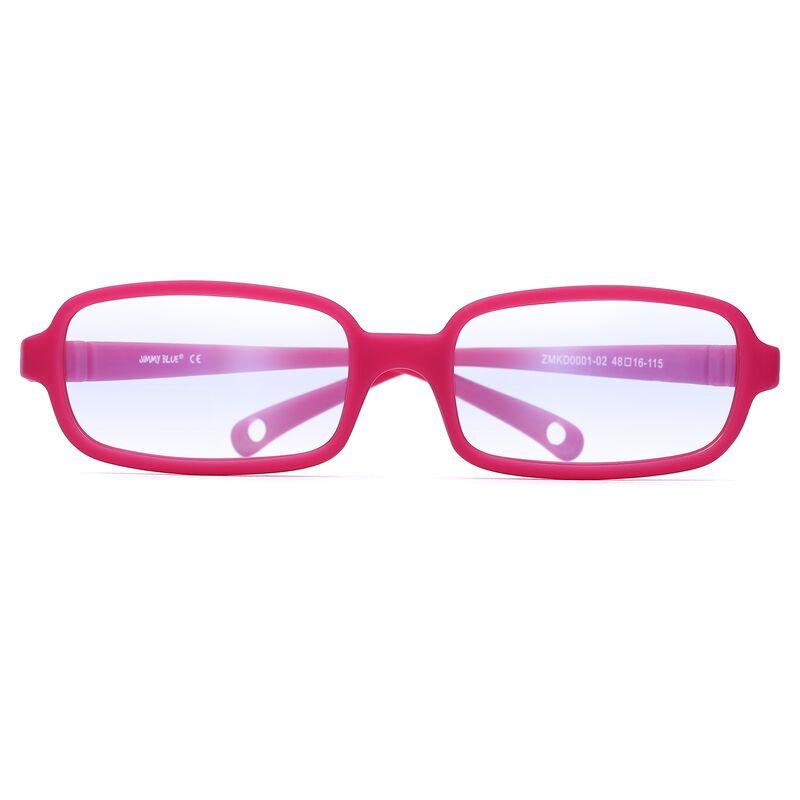It is very common for people with myopia to wear children's glasses with a lower degree than their true degree. Parents want their children to have their eyes checked, and the true degree is determined in daily life. The next day when I tried to adjust my glasses, many parents said, 'If you give my child a lower prescription, they will wear it higher and higher.'.
No matter how you explain the drawbacks of under-correction to these parents, they are still determined and you must give them a low point. It seems like the roles have been reversed, parents are doctors and optometrists!
Let's talk about the origin of this practice first! In the research on the causes of myopia in the last century, some animal models of myopia were made. In the model, it was found that central retinal hyperopia defocusing can lead to the formation of myopia (during close-range use of the eye, there is initially a type of hyperopia defocusing, and the image only falls onto the retina after the lens completes adjustment, but this time difference is calculated in milliseconds and normal people cannot feel it. Some people with abnormal adjustment can feel it).
Giving these myopic animals a myopic defocusing of the central retina (which is equivalent to wearing low-degree myopia children's eyeglasses) has been found to have an inhibitory effect on the development of myopia.
Therefore, at that time, some people habitually had low correction when prescribing childrens glasses. There are two reasons: firstly, the fear of getting too high can cause defocusing due to farsightedness and accelerate the development of myopia. Secondly, it has been found in animal models that myopic defocusing has an inhibitory effect on the development of myopia, and it is hoped that it will also be effective in humans.


